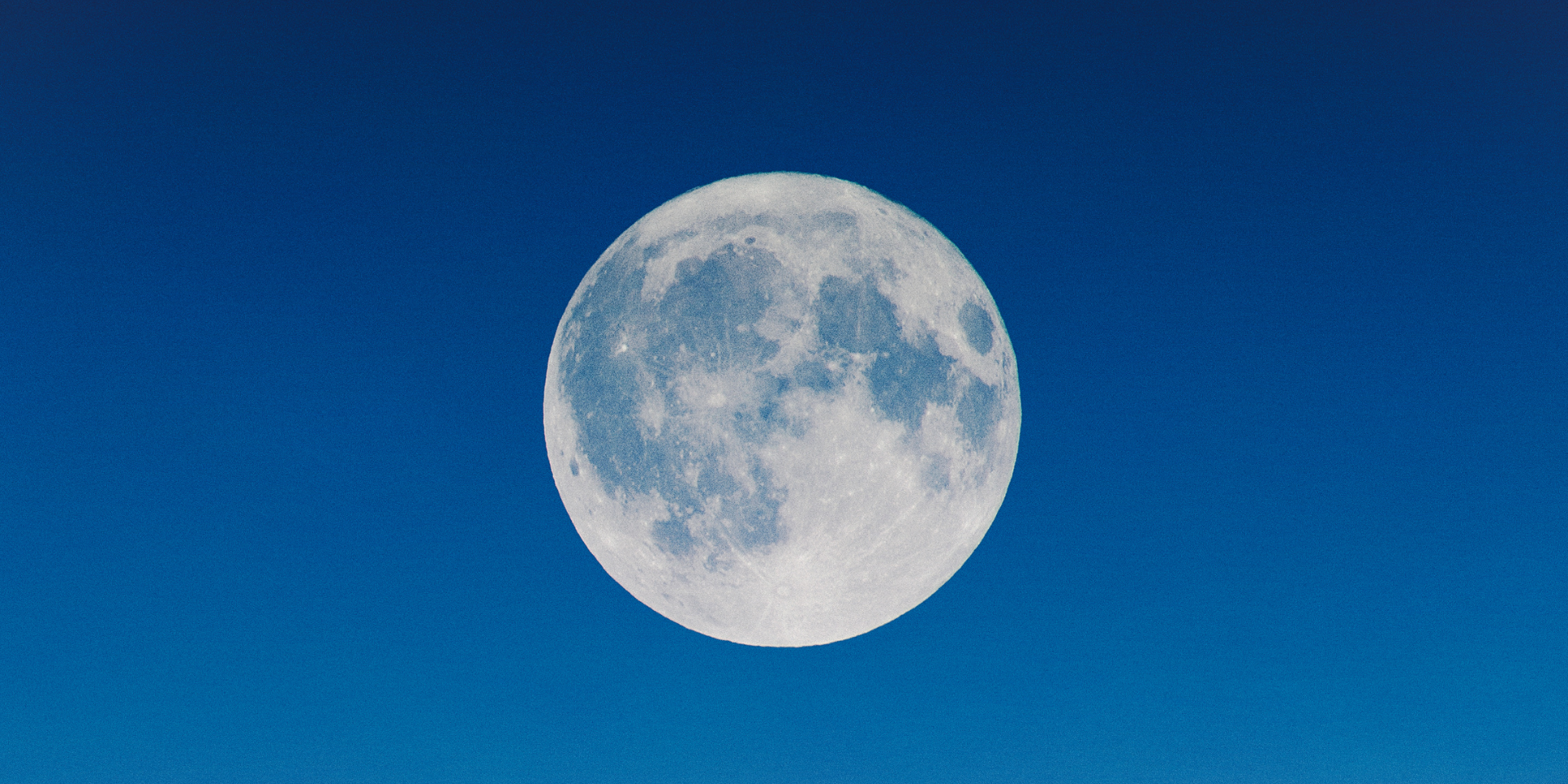The first of three consecutive supermoons in 2025 will grace the skies over the UK tonight, offering sky-watchers a spectacular celestial display.
This event, known as the Harvest Moon, is set to rise at approximately 6:20pm and promises to be the largest and brightest full Moon of the year so far.
This supermoon marks the first since November 2024 and is expected to draw the attention of both seasoned astronomers and casual observers alike. However, those hoping to catch a glimpse should keep a close eye on the weather forecast, as cloud cover may obscure the view in some regions.
What makes a full Moon a supermoon?
The term ‘supermoon’ refers to a full moon that occurs when the moon is at or near its closest point to Earth in its elliptical orbit, a position known as the perigee. Because the Moon’s orbit is not a perfect circle, its distance from Earth varies throughout the year. When a full moon coincides with perigee, or falls within 90% of this closest approach, it is classified as a supermoon.
According to the BBC, the phrase was first introduced in 1979 by astrologer Richard Nolle, and it describes full moons that appear noticeably larger and brighter than usual. In fact, a supermoon can seem up to 14% bigger and 30% brighter than other full moons, making it a particularly striking sight in the night sky.
It is worth noting that definitions of a supermoon can vary slightly within the astronomical community. Some experts define a supermoon as any full Moon within 360,000 kilometres of the centre of the Earth. By this alternative measure, October’s Harvest Moon would not technically qualify, but it remains a significant and much-anticipated event for many.
READ MORE: Seeing the bigger picture: How satellite data shapes Met Office forecasts
The significance of the Harvest Moon
Full Moons throughout the year are traditionally given names that reflect seasonal changes and agricultural practices. October’s full Moon is commonly known as the Hunter’s Moon, but this year it also serves as the Harvest Moon, the full moon that rises closest to the autumn equinox.
The Harvest Moon has long been associated with the gathering of crops, as it rises around sunset for several evenings in succession, providing extra light for farmers working into the night. This year, the autumn equinox occurred on 22 September, making the October 7 full Moon the latest Harvest Moon since 1987.
The Harvest Moon is perhaps the most well-known of all the named full moons, and its appearance is eagerly anticipated by many across the UK.
While tonight’s supermoon will be the brightest and largest of 2025 so far, it is only the first in a series. Two more supermoons are expected later this year, on 5 November and 4 December. This rare sequence offers multiple opportunities for skywatchers to enjoy the spectacle of an enlarged and luminous full Moon.
Weather outlook for supermoon viewing
After the disruptive weather brought by Storm Amy, conditions across the UK are set to become much calmer this week. However, the forecast for Tuesday night is mixed, and those hoping for clear skies should be prepared for some variability.
A cold front will bring damp weather to Northern Ireland and Scotland during the day, but skies are expected to clear just in time for the Harvest Moon to make its appearance. As the front moves southwards, it is likely to spoil the view in parts of northern England, the Midlands, and Wales, where cloud cover will be more persistent.
READ MORE: What are the Northern Lights and what causes them?
Further south, cloud cover will be variable, with occasional clear spells offering the chance to catch glimpses of the supermoon. The best opportunities for viewing are likely to be in areas where the cloud breaks, so it is advisable to check local forecasts and be ready to head outside when skies clear.
Detailed forecast for Tuesday night
As the evening progresses, a narrow and fragmenting band of rain will sink slowly south across England and Wales, though rainfall amounts are expected to be small. Ahead of this band, skies will remain mostly cloudy and mild, while conditions will turn chillier behind the front, particularly in northern areas.
Rural parts of southern Scotland, Northern Ireland, and northern England may experience grass frost and a few fog patches as temperatures drop. Meanwhile, north-west Scotland will be breezy with a few showers lingering into the night.
Tips for observing the supermoon
- Check the local weather forecast before heading out.
- Find a location with a clear view of the eastern horizon, as the Moon will rise in the east.
- Allow your eyes to adjust to the darkness for the best viewing experience.
- If cloud cover is present, be patient, breaks in the cloud may still offer a chance to see the supermoon.
Tonight’s supermoon offers a rare opportunity to witness the largest and brightest full Moon of the year. While weather conditions may be variable, many across the UK should be able to catch at least a glimpse of this celestial spectacle. With two more supermoons on the horizon, 2025 is shaping up to be an exciting year for lunar enthusiasts.
Keep up to date with weather warnings, and you can find the latest forecast on our website, on YouTube, by following us on X and Facebook, as well as on our mobile app which is available for iPhone from the App store and for Android from the Google Play store.



